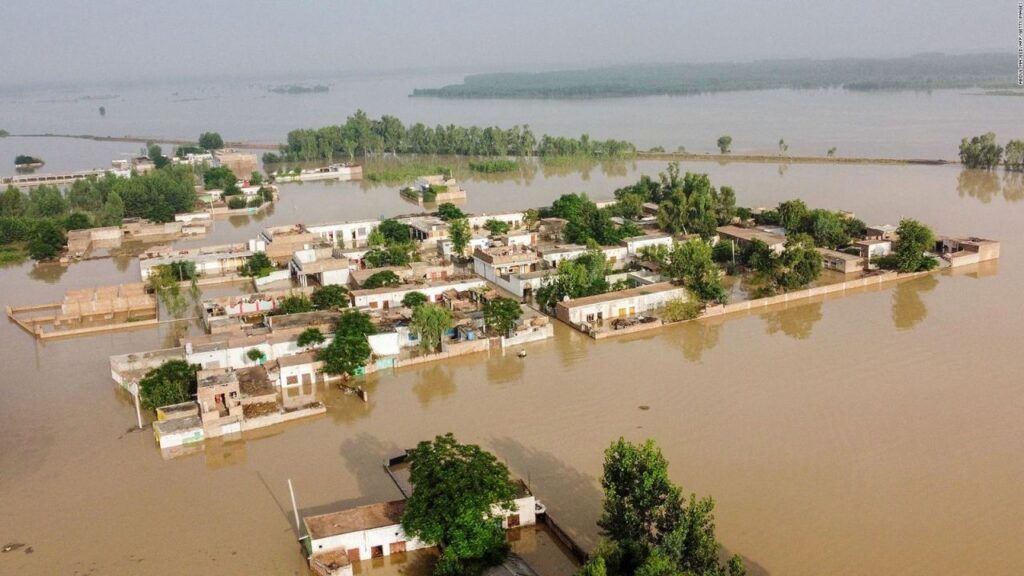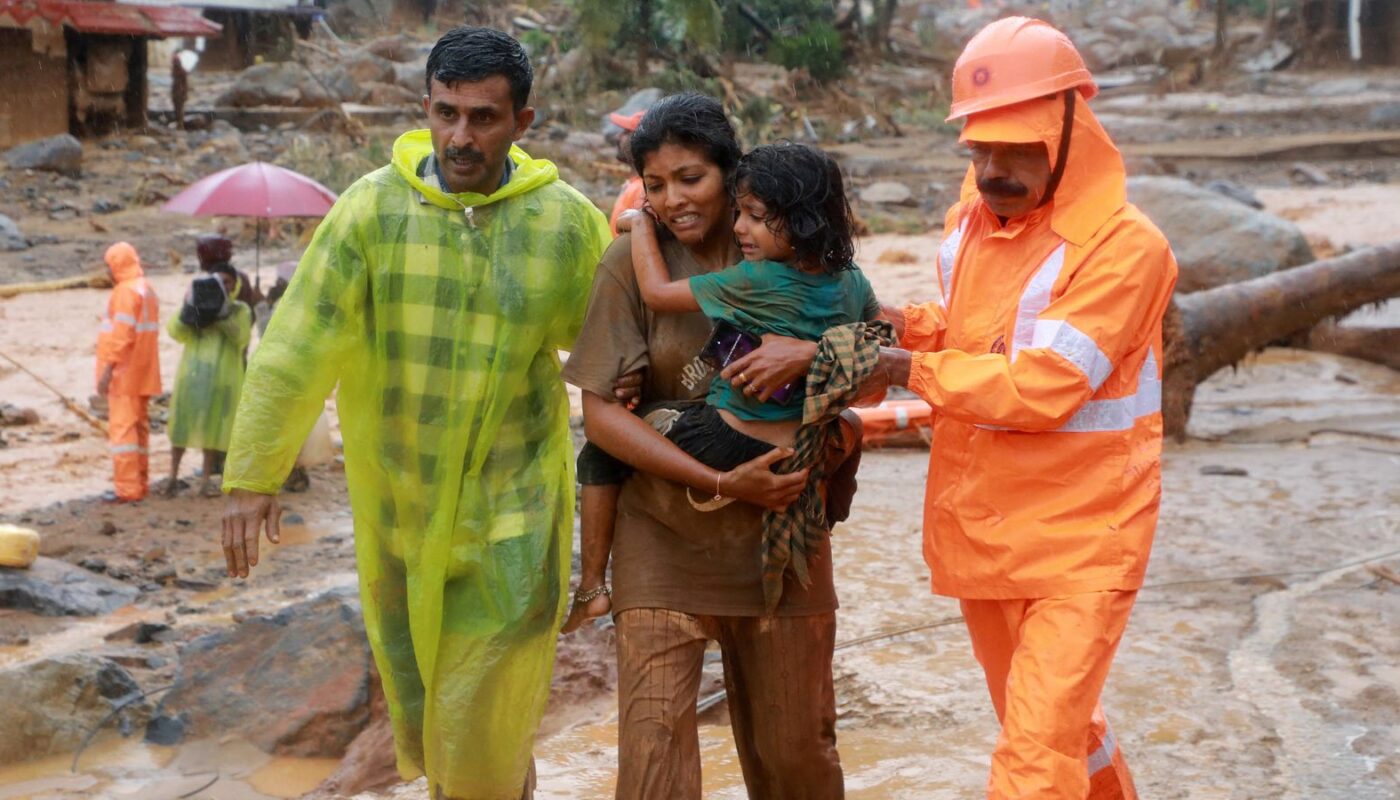The mountainous region of Gilgit-Baltistan, known for its breathtaking landscapes and serene valleys, witnessed a tragic incident that shook the local community and underscored the constant dangers faced by those working in disaster-prone areas. On Sunday, a landslide claimed the lives of eight individuals engaged in flood repair operations, highlighting the treacherous conditions that come with working in one of Pakistan’s most rugged terrains.
The Incident
The tragic event took place in the Gilgit district while workers were attempting to restore flood-damaged infrastructure. Following heavy monsoon rains, the region had already been struggling with flash floods that had destroyed roads, bridges, and irrigation systems. Repair teams were dispatched to clear debris and reconnect cut-off communities. However, as the workers labored on-site, a sudden landslide occurred, burying them under tons of rock and soil.
Rescue teams rushed to the scene, but the remote location and unstable terrain made recovery efforts challenging. Despite the valiant attempts by local authorities and volunteers, eight workers were confirmed dead. Several others sustained injuries and were shifted to nearby medical facilities for treatment.
Causes Behind the Tragedy
Gilgit-Baltistan’s geography and climatic conditions make it highly susceptible to natural disasters. The steep slopes, combined with monsoon downpours, weaken the soil and rock structure, often leading to landslides. Climate change has also intensified weather patterns, increasing the frequency and severity of rainfall in the region.
Experts note that deforestation, unplanned construction, and road-cutting activities exacerbate the risk of landslides. While flood repair operations are critical to restoring life in affected areas, the safety of workers often takes a backseat due to the urgency of the tasks.

Human Cost of Natural Disasters
The loss of eight lives is not just a statistic—it represents the anguish of families who depended on these breadwinners. In rural areas like Gilgit-Baltistan, many workers take on dangerous jobs because of economic necessity. The tragedy brings into focus the dire need for improved safety measures, better training, and stronger protective infrastructure for those working in hazardous environments.
Local community members have expressed grief and frustration, urging the government to not only provide immediate financial assistance to the bereaved families but also to develop long-term strategies for disaster prevention and worker safety.
Response from Authorities
In the wake of the incident, local government officials have announced compensation packages for the families of the victims. Rescue operations have been concluded, and teams have been deployed to assess the area for further risks. The Chief Minister of Gilgit-Baltistan has called for an urgent review of safety protocols during emergency repair works, promising that measures will be taken to minimize the likelihood of similar tragedies in the future.
Disaster management agencies have reiterated the importance of conducting risk assessments before beginning repair work in landslide-prone areas. They also recommend deploying specialized teams equipped with modern machinery and early-warning systems to prevent future loss of life.
The Bigger Picture

While natural disasters are inevitable, their impact can be reduced through proactive planning and investment in resilient infrastructure. Gilgit-Baltistan, being a gateway to the mighty Karakoram and Himalayan ranges, is home to some of the most critical roads and bridges that connect Pakistan with China and other regions. Landslides not only disrupt local livelihoods but also threaten trade and tourism in the area.
To protect both lives and infrastructure, experts stress the need for:
- Early Warning Systems: Installing sensors and monitoring equipment to detect potential landslides.
- Reforestation Programs: Planting trees to stabilize slopes and reduce soil erosion.
- Worker Safety Training: Providing proper gear and training to those engaged in emergency repairs.
- Community Awareness: Educating locals about evacuation plans and safe practices during heavy rains.
Community Resilience
Despite the tragedy, the incident also showcased the resilience of the local community. Volunteers worked alongside rescue teams, often risking their own safety to save others. In a place where resources are limited, the spirit of solidarity remains one of the strongest tools for recovery.
In the aftermath of the landslide, local NGOs have stepped in to provide food, shelter, and psychological support to affected families. Religious leaders, civil society members, and youth groups are also playing their part in raising funds and awareness about disaster preparedness.
Conclusion
The landslide in Gilgit-Baltistan serves as a grim reminder of the risks faced by those on the frontlines of disaster recovery. While the natural beauty of the region draws admiration from around the world, it also hides the constant threat of natural calamities. Addressing these risks requires a joint effort by government bodies, NGOs, and the community to ensure that future flood repair operations are conducted with the highest safety standards in place.
The sacrifice of the eight workers should not go in vain—it should be the catalyst for real change in disaster response policies and infrastructure resilience. Only then can we hope to prevent such tragedies in the future and protect the lives of those who work tirelessly to rebuild after nature’s fury.



